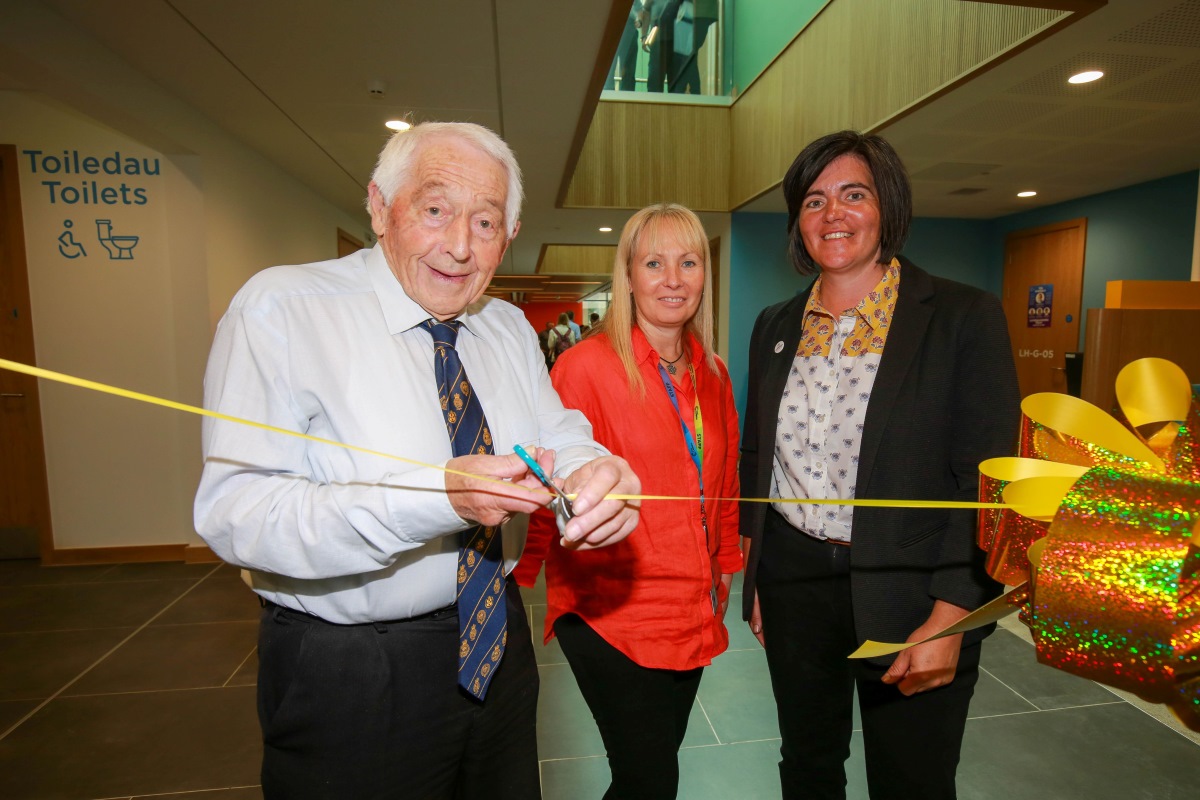Prioritising and Promoting Teacher Wellbeing in Education Systems

The changing landscape of teaching
Well-trained professionals are becoming a scarce resource around the world and teachers are no exception. There is a constant shortage of teachers globally and education systems around the world are struggling to hire and retain qualified teachers. The COVID-19 pandemic brought about unprecedented challenges to education, leaving teachers feeling underappreciated, tired, fed up and wanting to quit.
In the most recent ‘School workforce in England’ 2020 report, almost one in six teachers in England left the profession just one year after qualifying – the highest figure on record. Challenges such as hard work, stress, anxiety, family issues and low income are just some of the reasons why teachers want to quit, and this is particularly concerning at a time when the world needs more teachers. While there are 94 million teachers worldwide (UNESCO 2020), to achieve Sustainable Development Goal 4 – part of the 17 Sustainable Development Goals established by the United Nations – we need another 69 million teachers by 2030.
Teacher wellbeing is more important than ever. Teachers are currently expected to encourage their students to learn, engage them in remote or in-person learning, and keep them motivated while putting a smile on their faces. In order to do this, teacher wellbeing needs to be prioritised, promoted and sustained.
Research suggests that when teachers are happy and motivated, students enjoy learning and have better learning outcomes. Therefore, schools and governments should consider plans, strategies and interventions that enhance teacher motivation and reduce or eliminate drop out. These efforts should be undertaken at the school level as well as the government (local, regional or national) level. In addition, to encourage school-leavers to consider a career in education, and for a better future of the education system, teaching needs to be evolved into a more attractive profession and schools developed into more attractive workplaces.
We at WISE recently partnered with the Wellbeing Project and Duke University’s Center for Health Policy & Inequalities Research (CHPIR) to understand the wellbeing of teachers. As part of the partnership, a report was conducted to identify what promotes and hinders teacher wellbeing in schools. The report, collected data from 90 teachers, 16 principals and 11 policymakers in Qatar, Kenya (in partnership with Ace Africa-Kenya) and Cambodia (in partnership with Development for Cambodian Children-DCC).
Wellbeing Interventions
The report found that wellbeing interventions can have a positive impact on teachers as individuals and on their interpersonal relationships in the workplace.
At the individual level, mindfulness-based interventions for teachers were found to effectively reduce levels of stress and fatigue, improving teachers’ overall wellbeing. Mindfulness-based programmes were also associated with lower levels of occupational burnout, depression and anxiety. Intervention studies suggest that there may be a connection between mindfulness-based practices and the ability to regulate emotions.
At the interpersonal level, supporting teachers to have good relationships with their peers can help to promote teachers’ learning and build a better work environment.
On top of this, investing in professional development and teaching self-efficacy skills, as well as increasing the availability of educational resources that focus on improving wellbeing, can help teachers to deal with job-related distress.
The key components of teacher wellbeing
Findings from the report produced by WISE, the Wellbeing Project and the CHPIR identified that key components of teacher wellbeing can be classified into the seven domains:
- Teachers are valued and respected leaders. This component of wellbeing includes praise and respect from principals, parents, students, and community members. Teachers feel valued and respected when parents ask them about the best ways to educate their children. They also feel valued and respected when students work hard and pay attention in class.
- Teachers are deeply engaged in their work. This element includes opportunities for professional development and new learning challenges that teachers value for progressing professionally and keeping up with modern teaching techniques. Teachers feel deeply engaged in their work when they have more classroom autonomy, are given school-wide and district-wide responsibilities and feel included and involved in substantive school decisions.
- Teachers get meaning and purpose from their work. To ensure this is achieved, teachers must help other teachers, feel close to their students, and witness their students succeed and grow; all this in turn motivates them and helps them to see meaning in their work. This keeps them engaged even when conditions are less than ideal.
- Teachers feel successful. It’s important that teachers receive recognition and praise, especially from management and evaluators. Teachers also feel successful when they are given career progression opportunities. Having students who succeed, win awards, or do well in their lessons also makes teachers feel successful.
- Teachers’ personal needs are met. This benchmark includes having job stability, financial security, health insurance and good leave policies. Teachers enjoy when leadership teams allow them exceptions and flexibility, and express care for their wellbeing.
- Teachers manage their emotions and wellbeing. Ensuring a healthy work/life balance, more physical activity and exercise, and informal counseling between teachers will positively impact them as individuals.
- Teachers experience a positive, supportive work environment. Opportunities must be available for teachers to socialise together and experience fun school-wide events with one another, such as sports competitions and class-free days at school. They also need good quality facilities and up-to-date learning materials. Additionally, teachers enjoy environments where everyone in the school is united towards a common goal (such as a clear mission and vision for the school, or common goals for serving the public good).
Looking towards the future
It is evident that the wellbeing of teachers is crucial to their performance. The stress teachers feel in their daily lives can easily lead to lack of motivation and eventual burnout. Schools around the world need more teachers and if we do not keep those currently in the profession motivated and happy, we run the risk of losing an indispensable human asset that world development relies heavily on.
By Ahmed Baghdady and Maryam Al-Khalaf, WISE
BIOGRAPHIES
Ahmed Baghdady – Research Manager, WISE
Ahmed has over twenty years’ experience as an education and research management professional, and is currently research manager at WISE, an initiative of Qatar Foundation. Ahmed previously held research and program management positions in the RAND Corporation and the Institute of International Education (IIE) in Qatar and in AMIDEAST, Egypt. His research focuses on educational leadership, governance and the internationalization of higher education.
Maryam Al-Khalaf – Research Associate, WISE
Maryam’s main research focus is on wellbeing in education and learning sciences. Her background is in international relations and politics, and she holds a (BA) in International Politics from King’s College London. Her senior thesis focused on the implementation of Austerity policies in the United Kingdom. She previously worked for three years as a projects specialist at Qatar Airways, where she planned and coordinated commercial and new business projects, and worked on bilateral agreements with multiple global corporates.











Responses